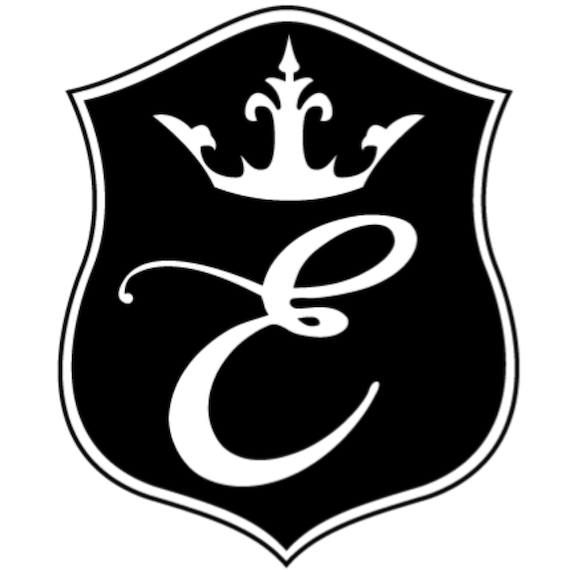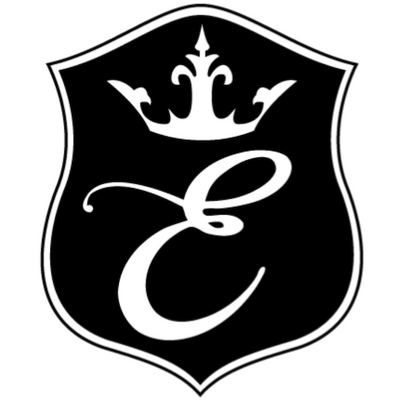What Breastplate Should I Use
Understanding the Different Types of Horse Breastplates

When it comes to equestrian gear, the horse breastplate along with your saddle pad is an essential piece of equipment that provides both functional and aesthetic benefits. Whether you’re into dressage, show jumping, any other discipline or pleasure and trail riding, a breastplate for your horse can enhance their performance, comfort and safety.
I will never forget learning about a friend's serious horse accident, when I asked him what happened he said, “the groom never put on a breastplate.” the saddle slipped and he had a horrible fall. Whether there were other contributors like poor saddle fit or loose girth, I do not know but this comment made me consider the importance of breastplates.
In this article, we’ll explore the various types of breastplates, their purposes, and the materials used to craft this important piece of equestrian equipment.

What is a Horse Breastplate?
A breastplate is a piece of tack that helps keep the saddle in place and prevents it from sliding back on the horse’s body, especially during vigorous activity. Here are some key purposes and benefits of using a breastplate:
Stabilization of the Saddle: During activities like jumping or riding on uneven terrain, the breastplate holds the saddle securely, preventing it from slipping backward and ensuring a stable fit. If your saddle even slips a small amount you could unknowingly be putting increased pressure on your horses withers or back and it could slip causing an accident.

Enhanced Comfort for the Horse: By maintaining saddle position, breastplates reduce the risk of saddle-related discomfort or pressure points that can lead to sores or restricted movement. Consider a saddle that slips back, now weight will not be balanced correctly and more pressure will be placed on weaker parts of the back while at the same time withers could be impeded.
Support for the Rider: A well-fitted breastplate offers additional points of adjustment, allowing the rider to fine-tune the fit of the saddle and improve overall riding balance. A breastplate certainly won’t make up for any gaps in saddle fit but it will support the correct fit of your saddle by keeping it in place, the place where it was fit to.
Types of Horse Breastplates: Exploring Different Breastplate Designs and Their Uses
There are several types of breastplates for horses, each designed to meet specific riding needs and preferences. Let’s delve into the most common types:

- The Hunting Breastplate
The hunting breastplate is a traditional and widely used design, featuring a three-point attachment system. It connects to the saddle at two points on the girth and one point on the center of the chest, forming a Y-shape. This type is popular in both jumping and cross-country for its ability to keep the saddle secure without restricting the horse’s shoulder movement.
Advantages: Simple to use, provides excellent stability.
Best For: General riding, hunting, and cross-country.

- The Five-Point Breastplate
As the name suggests, the five-point breastplate has five attachment points: two on the girth, two on the saddle, and one at the chest. This design offers enhanced stability and is favored in high-energy disciplines like eventing and show jumping. The additional points of attachment distribute pressure more evenly, providing better security for the saddle.
Advantages: Superior stability and pressure distribution.
Best For: Eventing, show jumping, and vigorous riding.

- The Polo Breastplate
The polo breastplate is designed with a simple strap that runs across the chest and attaches to the girth on both sides. It’s lightweight and minimally invasive, making it ideal for fast-paced activities where freedom of movement is crucial. Polo players and other riders who prefer minimal tack often choose this type. Polo players switch horses often and the simplicity and function of the polo breastplate is exactly what you need when you have 4-6 horses in a game!
Advantages: Lightweight, allows maximum shoulder movement, easy to fit and efficient to put on.
Best For: Polo, trail riding, and disciplines requiring quick movement.

- The Elastic Breastplate
Incorporating elastic sections, the elastic breastplate provides a snug yet flexible fit. This design helps absorb shock and allows for more natural movement of the horse's shoulders. Elastic breastplates are popular in show jumping and dressage, where flexibility and comfort are paramount.
The entire breastplate can be elastic if simply inserted in the breastplate. With elastic breastplates riders need to watch that the integrity of the elastic remains so there is still a proper fit.
Advantages: Flexible, shock-absorbing, comfortable for the horse.
Best For: Show jumping and other performance-oriented disciplines.

- The Western Breast Collar
The western breast collar is a common choice for Western riding. It loops around the horse's neck and attaches to the girth on both sides. This design prevents the saddle from sliding back, especially when navigating steep inclines or rough terrain. It’s often seen in rodeo events and trail riding.
Advantages: Secure fit for Western saddles, ideal for rough terrain.
Best For: Western riding, trail riding, and rodeo events.

Materials Used in Horse Breastplates: Choosing the Right Material
The material of a breastplate significantly affects its durability, comfort, and appearance. Here are the most commonly used materials:
- Leather
Leather is the traditional material for breastplates. It’s durable, provides a classic look, and is easy to clean along with the rest of your tack. High-quality leather breastplates are favored for their longevity and durability..
Advantages: Durable, classic appearance, easy to clean.
Best For: All-purpose use, dressage, and classic riding disciplines.
- Synthetic Materials
Synthetic materials like nylon and biothane are popular for their durability and low maintenance. These materials are often waterproof and resistant to wear, making them ideal for outdoor and everyday riding. They are even easier to clean than leather although we have not owned one. Some report that you can simply spray them with water to clean.
Advantages: Easy to clean, waterproof, highly durable.
Best For: Trail riding, endurance riding, and everyday use.
- Elastic
Elastic breastplates offer flexibility and comfort, making them ideal for disciplines requiring a full range of motion. They often combine elastic sections with leather or synthetic straps for added stability and aesthetic appeal. Elastic will not be as durable as synthetic webbing or leather.
Advantages: Flexible, absorbs shock, enhances comfort.
Best For: Show jumping, dressage, and performance riding.

As we all know Equestroom loves a well fitting and stylish saddle pad and matching saddle pad set but we do recognize that other riding equipment is also important for a well fit saddle and comfortable and safe ride. Choosing the right horse breastplate depends on your riding discipline, your horse’s needs, and your personal preferences but is an important piece of equipment. Whether you opt for the traditional hunting breastplate, the versatile five-point design, or the minimalistic polo breastplate, understanding the options available will help you make an informed decision. By selecting the appropriate material and design, you can ensure both stability and comfort for your horse, enhancing your riding experience along with your matching saddle pad set!

References
The Horse. (2021). Choosing the Right Tack: Breastplates.
Practical Horseman. (2020). Understanding Breastplates and Martingales.
Dover Saddlery. (n.d.). Breastplates and Martingales.














Leave a comment